Binh Thuy Ancient House perfectly fuses Eastern and Western architectural styles, making it a beloved tourist spot in Can Tho. If you can visit, take note of the experiences shared by Vietnampeace.com in their travel guide.
1. Overview of Binh Thuy Ancient House
Considered one of the prominent attractions in Can Tho, Binh Thuy Ancient House has been remarkably well-preserved since its construction in 1870. The house harmoniously combines Eastern architectural elements with a touch of Western influence, attracting visitors for its unique charm. It holds significant value for research activities, providing insights into the cultural practices of the Mekong Delta during the intersection of two centuries.
Address: 142/144 Bui Huu Nghia Street, Binh Thuy Ward, Binh Thuy District, Can Tho City
Opening Hours: Two-time slots daily
– Morning: 8 AM – 12 PM
– Afternoon: 2 PM – 6 PM
Note for visitors: If you arrive during these hours and find the house closed or no one selling tickets, you can contact Mr. Bay, the owner, at 0987 055 963 to arrange entry.
Ticket Price: VND 15,000 per adult.
It’s worth mentioning that this ticket price is not set by the local government but by the house owner. Since Binh Thuy Ancient House is a heritage property owned by the Duong family, the ticket fee can be seen as a contribution to gaining permission to explore the house without limitations.
2. Getting to Binh Thuy Ancient House
Binh Thuy Ancient House is approximately 8 km from the city center of Can Tho, making it easily accessible by motorbike in just 15 minutes. For larger groups, consider renting a 4 to 45-seat tourist vehicle based on your requirements; the rental prices per person are pretty reasonable. You can use Google Maps for specific directions, and if you have time on your way back, don’t forget to visit the famous Tây Đô Night Market.
3. Exploring Binh Thuy Ancient House
3.1 History of Formation and Development
Owned by Mr. Duong Chan Ky, a wealthy businessman and aesthetically inclined landowner, Binh Thuy Ancient House reflects his penchant for exploring novel trends, especially in Western architectural styles. When visiting, you’ll notice the house exudes an elegant French villa architectural style, uniquely blended with distinct Eastern feng shui elements. The house is situated on a 6,000m2 area facing East-West, with the foundation elevated 1m above the garden, surrounded by meticulously trimmed trees and blooming flowers, creating a dynamic and vibrant atmosphere.
3.2 East-West Fusion Architecture: Vietnamese – Chinese – French Collaboration
3.2.1 Exterior Architecture
When you first glance at Binh Thuy Ancient House from the outside, the first notable feature is the iron fence with concrete main pillars. This modern-style fence often fools many tourists, making them mistake it for the enclosure of a contemporary mansion. Upon entering the main gate, you encounter a triple gate in the Chinese architectural style, inclined to the right with four large columns, two concrete and two wooden.
The gate’s wooden structure is adorned with a green-tiled roof. At the top, vibrant sculptures of goldfish, mythical creatures, and leaves embellish the gate. Particularly noteworthy are the two large signs: “Phước An Hiệu” in Chinese and “Phủ thờ họ Dương” in Vietnamese.
Observing the external architecture of Binh Thuy Ancient House from the courtyard offers a remarkably delicate beauty. The intricate carvings and decorations on pillars, door arches, and house borders contribute to this elegance. Additionally, the ancient house impresses with two arched staircases leading inside. If you pay close attention, you might notice two large bronze lamps, relics from the French colonial period, placed on either side of the staircases.
Moreover, the ancient house is elevated on a relatively high foundation, a simple measure to prevent flooding in the historically waterlogged Mekong Delta. Another unique aspect is that during the house construction, the Duong family, the owners, added a thick layer of salt crystals, about 10cm deep, beneath the brick floor. This ancient Southern Vietnamese technique was employed to repel insects and enhance ventilation while adhering to feng shui principles.
3.2.2 Interior Architecture
Binh Thuy Ancient House exhibits a distinctive blend of East and West architectural styles, breaking away from the traditional three-room structure of Western Vietnam by dividing it into a total of five rooms. The entire subdued-colored tile floor was directly imported from France. The house’s front, middle, and rear sections are constructed consecutively, separated by finely carved wooden circular doors.
The interior furnishings include numerous antique items thoughtfully arranged. The living room follows a classic European style with a Louis XV French salon set, vintage chandeliers, and more. Additionally, there are plentiful Vietnamese-style spaces featuring Ming and Thanh dynasty wine sets, jade-inlaid blue stone tables and chairs from Yunnan, and a 1.2m tall green enamel gemstone vase. These elements vividly recreate the image of a prosperous family in that era.
What many visitors find admirable is the owner’s ability to maintain a distinctly Vietnamese aspect in the family altar area despite the overall East-West cultural fusion. This reflects the Duong family’s refined taste and aesthetic sensibility, preserving the Vietnamese people’s soul while embracing modern influences.
3.3 Checking In at Binh Thuy Ancient House
Since the entrance ticket to Binh Thuy Ancient House is not time-restricted, take advantage of your visit to admire the beautiful architecture and capture nostalgic-style check-in photos. It’s advisable to wear slightly muted-colored outfits for better photo results.
3.4 Film Set for Numerous Famous Movies
Due to its unique historical and artistic value, Binh Thuy Ancient House has become an ideal filming location for many directors. Several iconic movies were shot here, such as “Công tử Bạc Liêu,” “Người đẹp Tây Đô,” “Những nẻo đường phù sa,” “Bão U Minh,” “Nợ đời,” “Dòng sông hoa trắng,” and “Đội nữ biệt động mùa thu.”
These cinematic works partly depict the distinctive cultural values of the Mekong Delta during that time, captivating audiences with the openness and poetic beauty of the Southern region. Notably, the renowned international film “The Lover” (1992) by French director Jean Jacques Annaud was also shot here.
Don’t forget that there are many other remarkable attractions near Binh Thuy Ancient House, such as Ninh Kieu Wharf, Binh Thuy Communal House, and Ong Pagoda in Can Tho. If you have time after exploring the ancient house, consider visiting these sites as well.

The front of the ancient house of Binh Thuy (Image: @minhchauarc)
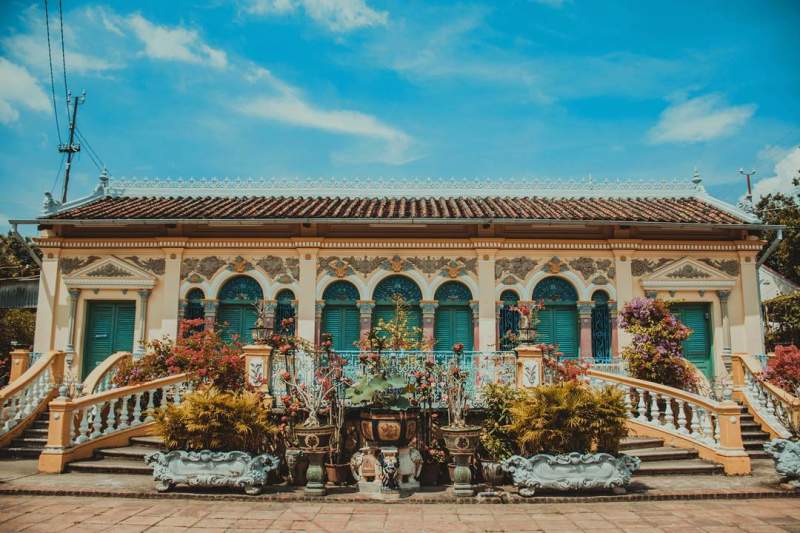
Overview of the old house – tourist destination in Can Tho (Photo: @ locn19)
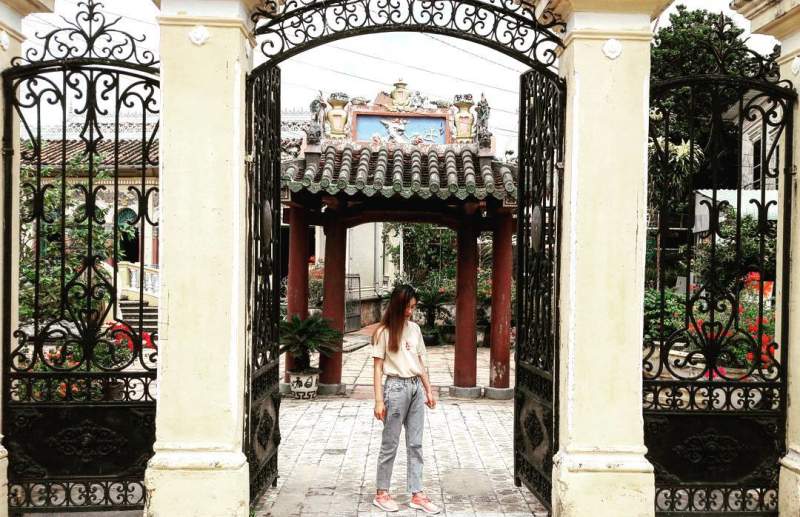
Iron gate with motifs of French mansion (Photo: @_irisleisgood_)



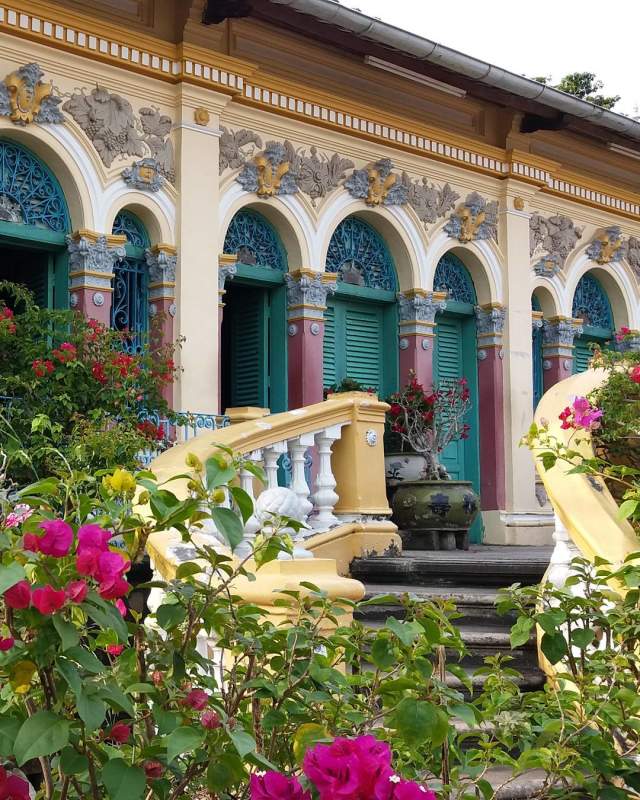
The stairway leading to the main hall (Image: @makontq)
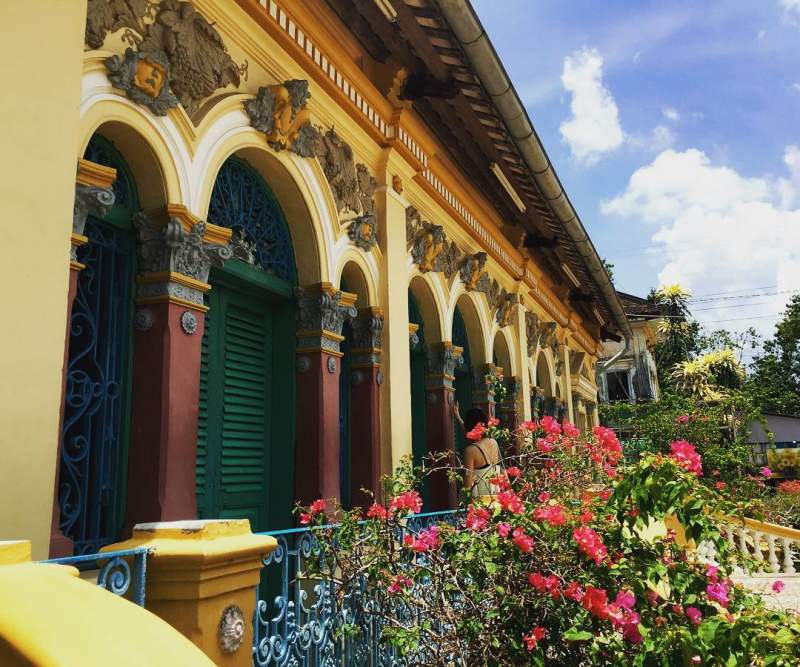
European-style windows combined with Asian culture (Image: @ vanphan7589)
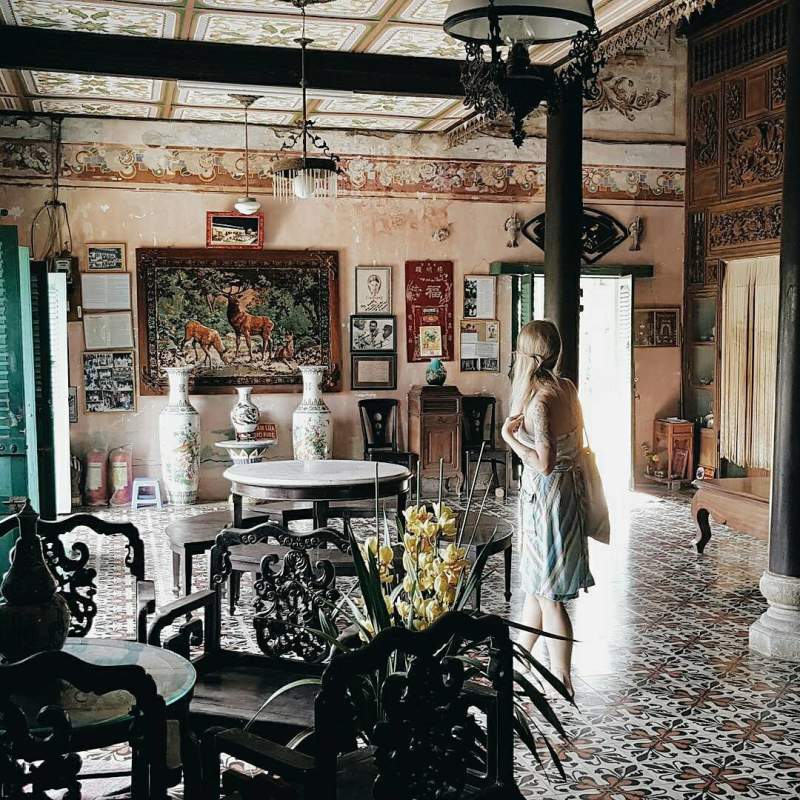
The architecture inside the building (Image: @lenlichdichoi)
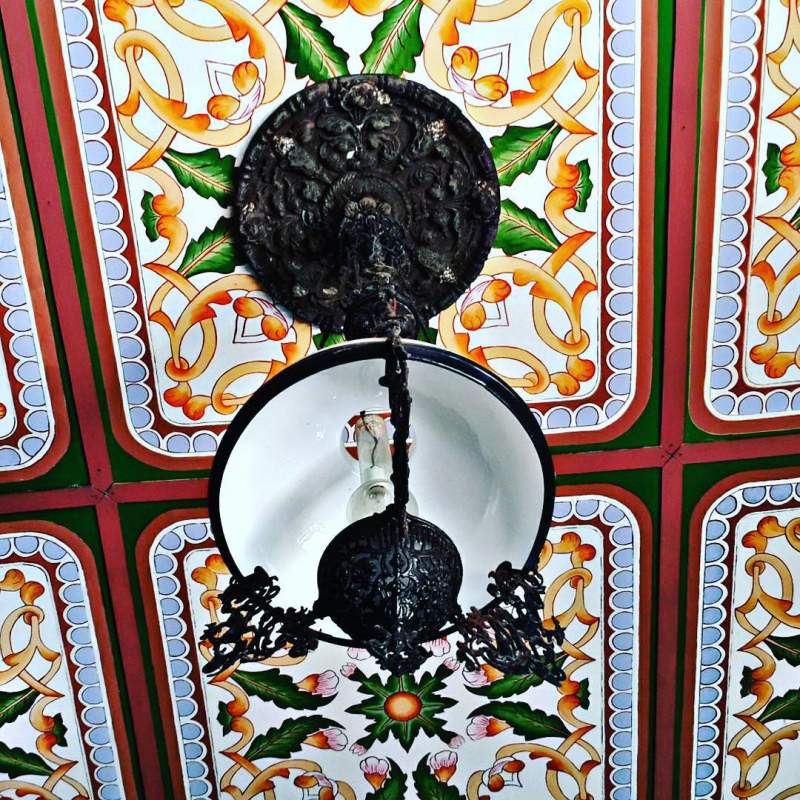
The ceiling is also decorated with different motifs (Image: @ mei.vo.0106)
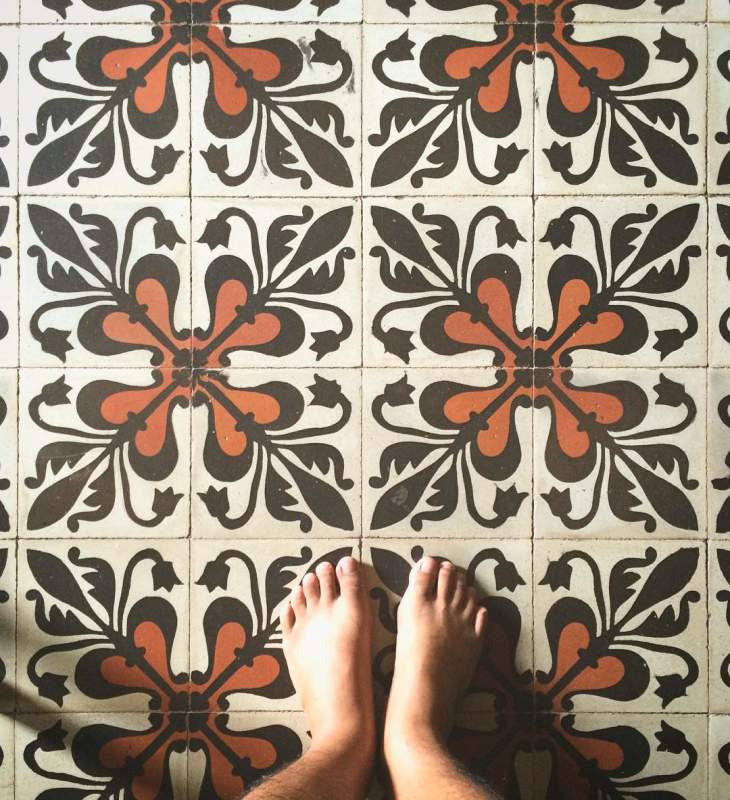
All floor tiles are shipped directly from France (Photo: @christian_trannn_classic)
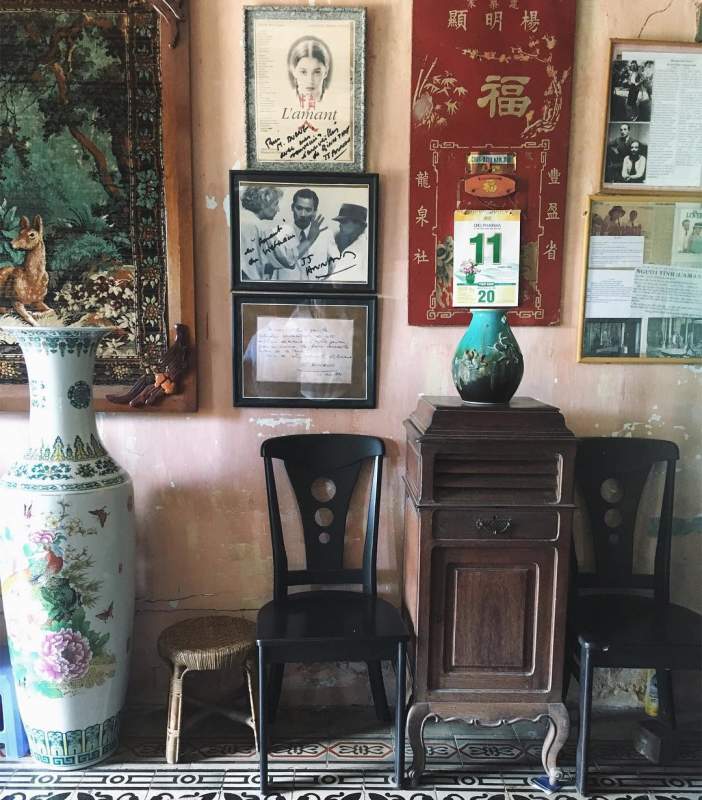
Every detail is carefully cared for by the owner (Image: @phanbom)
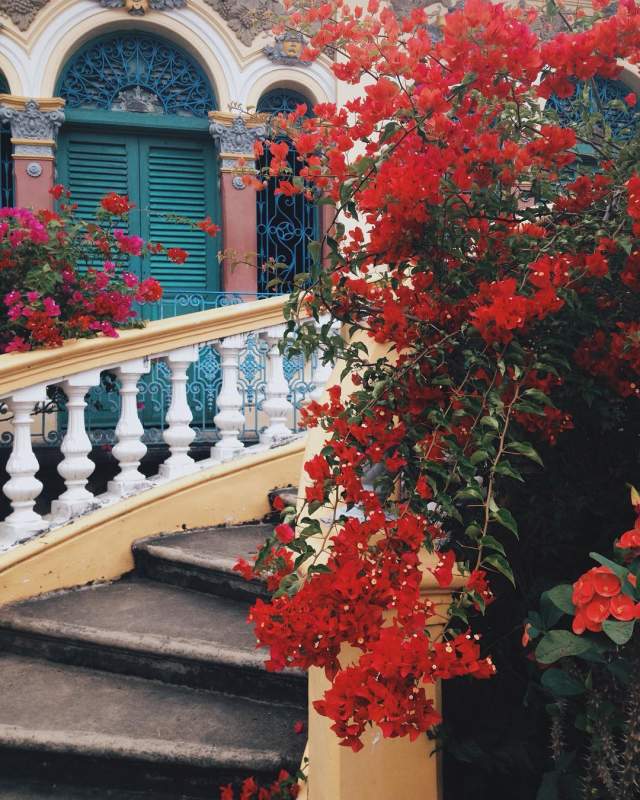
This house is also known as “Binh Thuy Flower Garden” (Image: @mlsgrant)
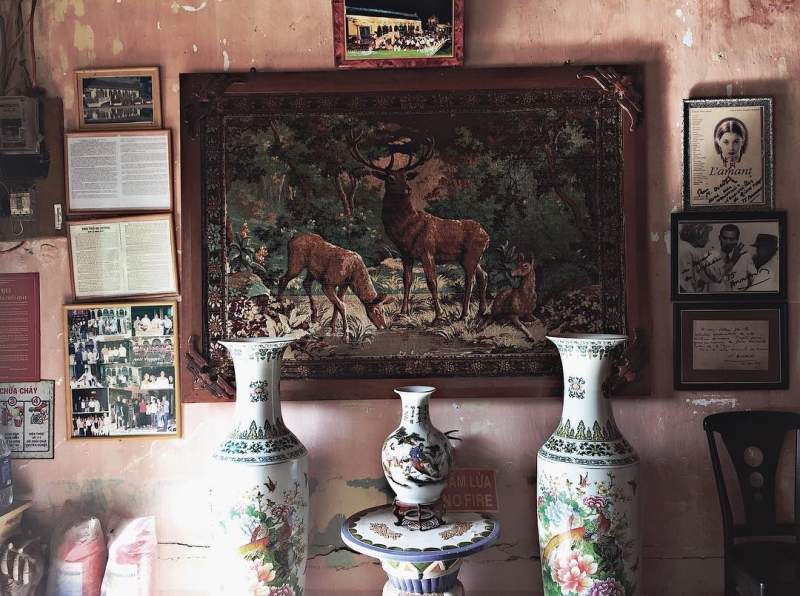
Numerous antiques in the house (Image: @_anhnguyen)
